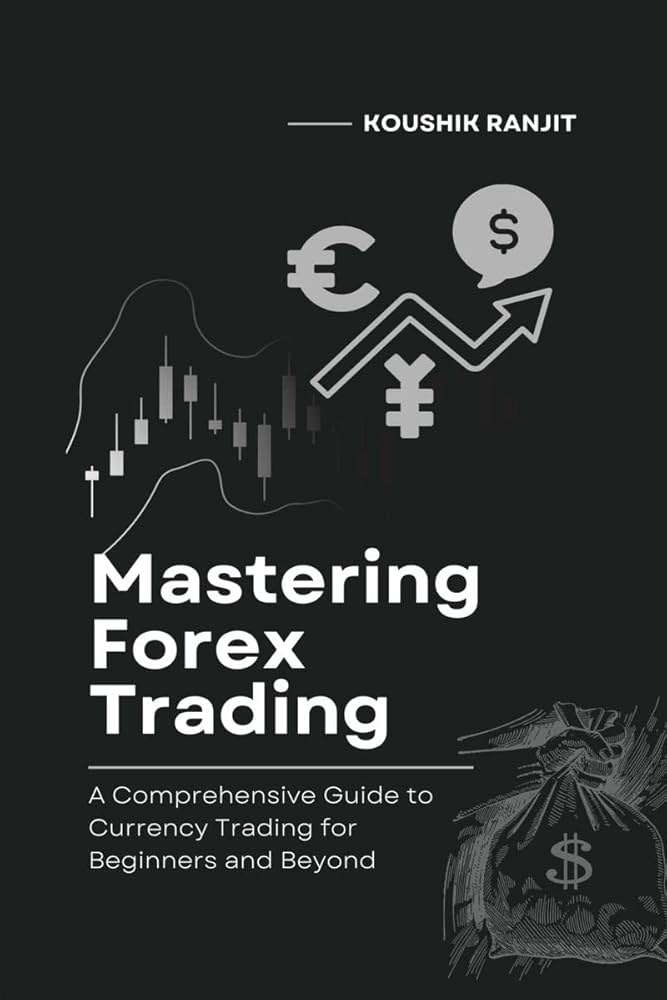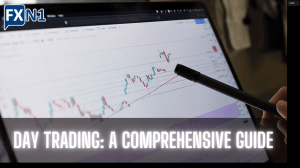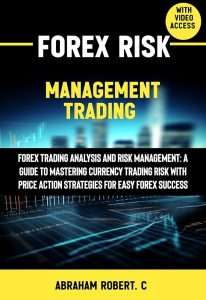Forex Trading: A Comprehensive Guide to Currency Exchange
Unlock the secrets of forex trading! Learn winning strategies, risk management, and technical analysis to navigate the global currency market and achieve your financial goals. Start your forex journey today!

Forex trading‚ the global exchange of currencies‚ presents both immense opportunities and significant challenges. Understanding the market’s intricacies is crucial for success. This necessitates a well-defined strategy‚ disciplined execution‚ and a continuous learning process. Without these key elements‚ even the most promising trades can easily turn sour.
Understanding the Forex Market
The foreign exchange market‚ or forex‚ is a decentralized‚ over-the-counter (OTC) market. Unlike stock exchanges‚ there’s no central location. Trading occurs electronically across the globe‚ 24 hours a day‚ five days a week. This constant activity creates both opportunities and risks. The market’s liquidity is incredibly high‚ allowing traders to enter and exit positions quickly. However‚ this fluidity also means prices can change rapidly and unpredictably.
Major Currency Pairs and Their Dynamics
Forex trading focuses primarily on currency pairs‚ with each pair representing the relative value of two currencies. The most popular pairs‚ often referred to as “majors‚” include EUR/USD (Euro/US Dollar)‚ USD/JPY (US Dollar/Japanese Yen)‚ GBP/USD (British Pound/US Dollar)‚ USD/CHF (US Dollar/Swiss Franc)‚ and USD/CAD (US Dollar/Canadian Dollar). Understanding the economic factors influencing these pairs‚ such as interest rates‚ inflation‚ and political events‚ is essential for effective trading.
Each currency pair has its own unique characteristics and volatility. For example‚ EUR/USD‚ often considered the most liquid pair‚ tends to experience relatively lower volatility compared to pairs involving emerging market currencies. Traders need to carefully analyze the historical performance and current trends of each pair before making any trading decisions. Careful consideration of economic calendars and news releases is also crucial.
Fundamental Analysis in Forex Trading
Fundamental analysis focuses on evaluating economic and political factors that might influence currency values. This involves examining macroeconomic indicators like inflation rates‚ GDP growth‚ interest rate decisions‚ and government debt levels. News events‚ such as political elections or changes in central bank policies‚ can also significantly impact currency valuations. A deep understanding of these factors is crucial for predicting potential price movements.
Interpreting Economic Indicators
Understanding economic indicators requires more than just looking at raw numbers; it involves interpreting their significance within the broader economic context. For instance‚ a rise in inflation might lead a central bank to increase interest rates‚ potentially strengthening the corresponding currency. Conversely‚ a decline in GDP growth could weaken a nation’s currency. The ability to effectively analyze and interpret these indicators is key to successful fundamental analysis.
- Inflation Rates: Higher inflation generally weakens a currency.
- Interest Rates: Higher interest rates usually attract foreign investment‚ strengthening the currency.
- GDP Growth: Strong GDP growth typically supports a stronger currency.
- Government Debt: High levels of government debt can weaken a currency.
- Political Stability: Political instability often leads to currency depreciation.
Technical Analysis: Chart Patterns and Indicators
Technical analysis uses past price and volume data to predict future price movements. This approach relies on identifying patterns and trends in charts‚ using various technical indicators to gauge momentum‚ support‚ and resistance levels. Traders use a combination of chart patterns‚ like head and shoulders‚ double tops/bottoms‚ and flags/pennants‚ alongside indicators such as moving averages‚ RSI‚ and MACD‚ to generate trading signals.
Key Technical Indicators
Moving averages smooth out price fluctuations‚ making trends easier to identify. Relative Strength Index (RSI) measures the speed and change of price movements to identify overbought or oversold conditions. The Moving Average Convergence Divergence (MACD) is a momentum indicator that helps identify trend changes and potential reversals. Effective use of these indicators requires practice and a deep understanding of their strengths and limitations.
Risk Management in Forex Trading
Successful forex trading isn’t just about making profits; it’s about managing risk effectively. This involves setting stop-loss orders to limit potential losses‚ determining appropriate position sizes‚ and diversifying your portfolio. Never risk more capital than you can afford to lose. A well-defined risk management strategy is paramount for long-term success in this volatile market.
Position Sizing and Stop-Loss Orders
Position sizing determines how much capital you allocate to each trade. A common approach is to risk only a small percentage (e.g.‚ 1-2%) of your total trading capital on any single trade. Stop-loss orders automatically close a position when the price reaches a predetermined level‚ limiting potential losses. The placement of stop-loss orders is crucial‚ often requiring consideration of support levels and potential price reversals.
Developing Your Trading Plan
A comprehensive trading plan is essential for consistent profitability. It should outline your trading strategy‚ including your chosen approach (fundamental or technical analysis)‚ risk management rules‚ and entry/exit criteria. It also needs to define your trading goals‚ time horizon‚ and emotional discipline. Regularly reviewing and adjusting your plan based on market conditions and your trading performance is crucial.
Backtesting and Paper Trading
Before risking real money‚ it’s advisable to backtest your trading strategies using historical data. This allows you to evaluate the performance of your system under various market conditions. Paper trading‚ which involves simulating trades without risking real capital‚ is another valuable tool for refining your approach and gaining experience before committing significant funds.
The Psychology of Forex Trading
Successful forex trading requires not only technical and fundamental skills but also strong emotional discipline. Fear‚ greed‚ and impatience can lead to poor decision-making‚ resulting in losses. Developing a mindset of patience‚ discipline‚ and risk management is crucial for navigating the unpredictable nature of the forex market.
Overcoming Emotional Biases
Traders often experience emotional biases that can negatively impact their trading performance. Confirmation bias‚ where traders seek out information confirming their existing beliefs‚ and overconfidence‚ where traders overestimate their abilities‚ are common pitfalls. Recognizing and mitigating these biases is essential for objective decision-making.
- Patience: Avoid impulsive trades based on short-term price fluctuations.
- Discipline: Stick to your trading plan and avoid emotional trading.
- Risk Management: Always use stop-loss orders and manage your position size effectively.
- Continuous Learning: Stay updated on market trends and refine your strategies.
- Self-Awareness: Recognize your emotional biases and work to overcome them.
Staying Updated and Adapting
The forex market is constantly evolving‚ influenced by global economic events and technological advancements. To maintain a competitive edge‚ continuous learning and adaptation are crucial. Stay informed about market trends‚ economic indicators‚ and geopolitical developments. Regularly review your trading strategies and adjust them as needed.
The use of reputable news sources‚ economic calendars‚ and analytical tools can significantly enhance your ability to anticipate market movements and react accordingly. Continuously seeking knowledge and refining your approach will improve your overall trading performance and increase your chances of long-term success.
Forex trading demands dedication‚ discipline‚ and a willingness to learn. Consistent profitability requires a well-defined strategy‚ effective risk management‚ and a deep understanding of the market’s dynamics. While there are no guarantees of success‚ adhering to these principles significantly increases the likelihood of achieving your trading goals. Remember to always manage risk responsibly and never invest more than you can afford to lose. Success in forex trading is a marathon‚ not a sprint‚ requiring patience‚ persistence‚ and a commitment to continuous improvement. By combining technical expertise with sound emotional control‚ you can navigate the complexities of the forex market and strive for consistent profitability. The journey demands dedication‚ but the potential rewards are substantial for those willing to commit to the process.







